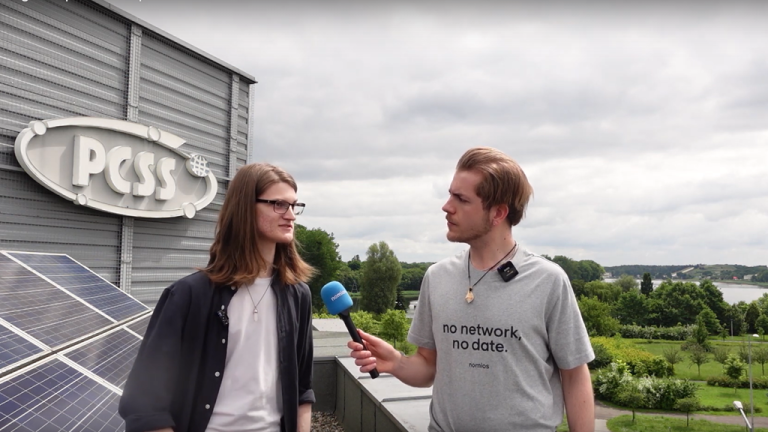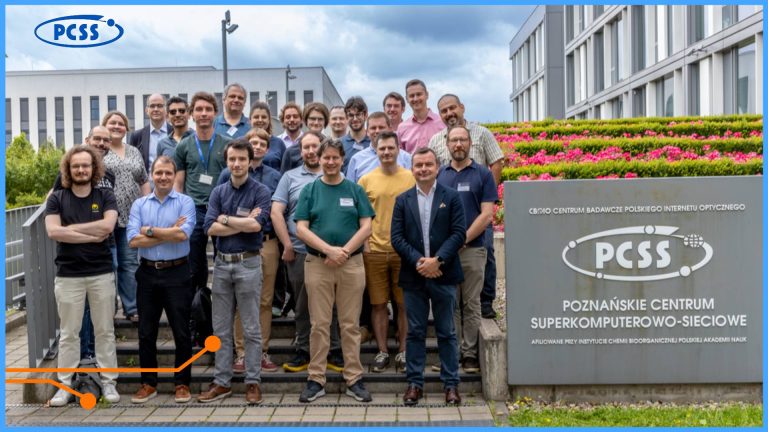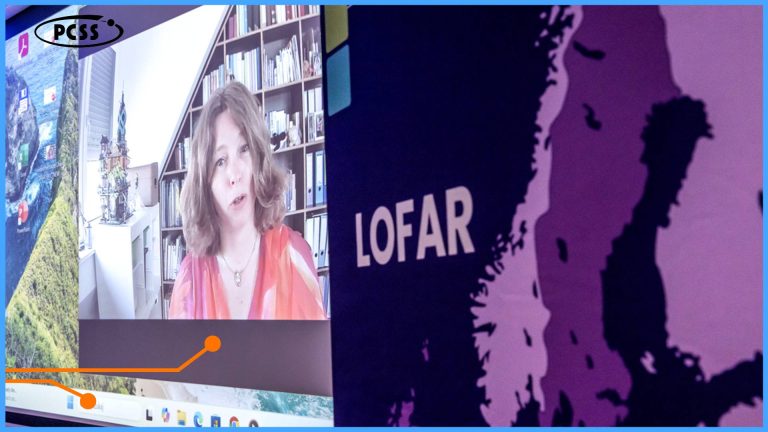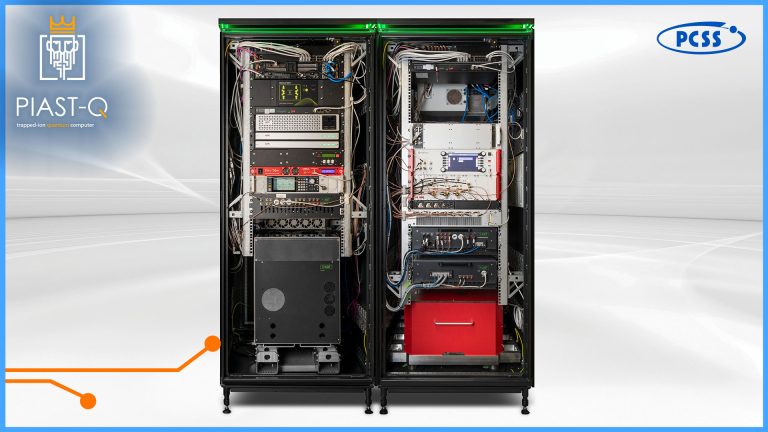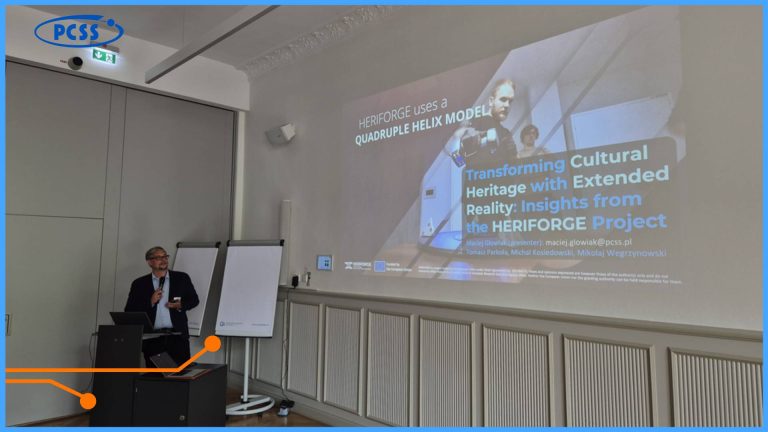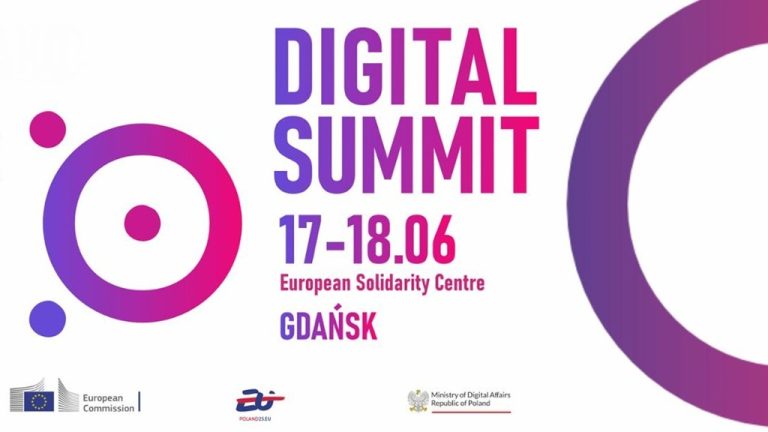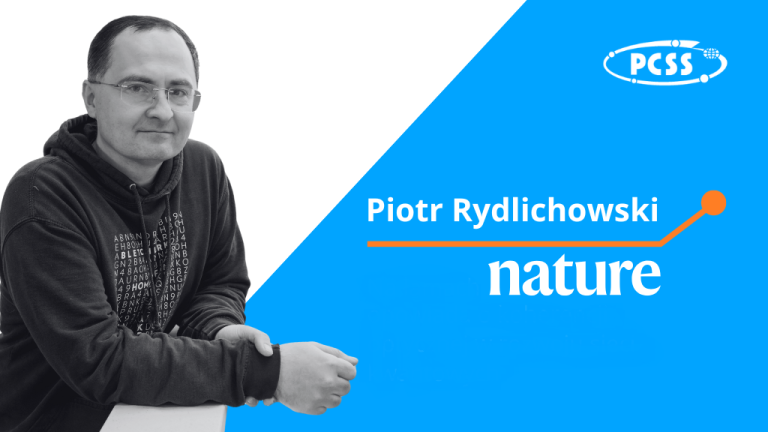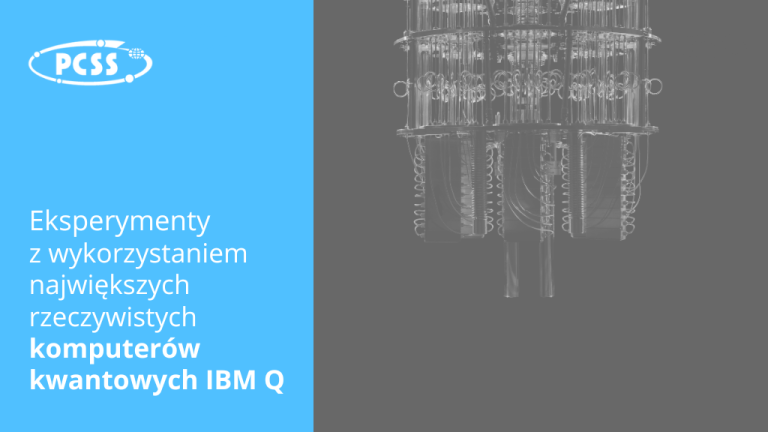Poznań Supercomputing and Networking Center (PCSS) has launched a five-year scientific project aimed at supporting the energy transformation of eastern Wielkopolska (Greater Poland). As a part of the research, “digital twins” of buildings and locations in the region will be created, allowing for simulations. The project consists of three components: the Digital Twin Laboratory, the RES (Renewable Energy Sources) Laboratory, and the Living Lab.
The Digital Twin Laboratory involves computer models of buildings and places in the region. These models will enable the simulation of planned solutions, primarily for optimizing energy consumption in buildings. Tomasz Piontek, the project’s manager, explained during the inaugural press conference that there could be more applications, such as analyzing solutions to reduce smog in the region or planning energy production using weather forecasts.
The first example of a “digital twin” will be a model of the “Konin” hotel, owned by the city. The building will be analyzed for its energy consumption and production capabilities. Subsequently, both elements will be matched in the computer model so that the hotel can be as self-sufficient as possible.
This type of modeling will be available to all interested parties – both local governments and private companies.
— We would like this to be mass adoption, not just for the project to end with the energy transformation of the hotel, but for the results and outcomes to be transformable to any object, said Piontek.
An important element of the Digital Twin Laboratory will be the visualization of collected data. A point will be established in Konin where anyone interested can come and see the processes occurring as a part of the energy transformation, e.g. the impact of specific investments or changes in public spaces on the environment.
The second component of the PCSS Energy Lab is the RES Laboratory: a photovoltaic and wind farm, an energy storage facility, and a node of the PIONIER broadband network managed by PCSS. That be built in Górki near Kłodawa. The laboratory will produce energy for the computational center that will be established within the project, while scientists will simultaneously study effective energy mix building.
— We will try to create a service, knowledge, and experience that is going to allow us to match electricity consumption profiles with production profiles, using energy storage to ensure that as much energy as possible is consumed when and where it is needed, said Piontek.
The final component of the project is the Living Lab focusing on educational projects on RES, digitalization, and green transformation implemented in the region.
One of the project’s goals is to provide all entities in the region with access to data and research results, so that the energy transformation of Eastern Greater Poland, as Piontek stated, is carried out in a more conscious and responsible way, supported by scientific evidence or experience.
The PCSS Energy Lab will cost nearly PLN 35 million. 70% of this amount comes from the EU’s Just Transition Fund, 20% from the state budget, and 10% is PCSS’ own contribution.
The project will be implemented over five years. The local government of the Wielkopolska Voivodeship has set 2040 as the year for Eastern Greater Poland to achieve climate neutrality. For a long time, the region’s economy was based on coal mining and combustion. The still-operating mine is currently in the process of decommissioning. The cessation of coal mining and combustion is planned for mid-2026.
The EU’s Just Transition Fund supports the region in this process of change. The total budget of the fund is EUR 17.5 billion, of which over EUR 415 million will go to eastern Wielkopolska.
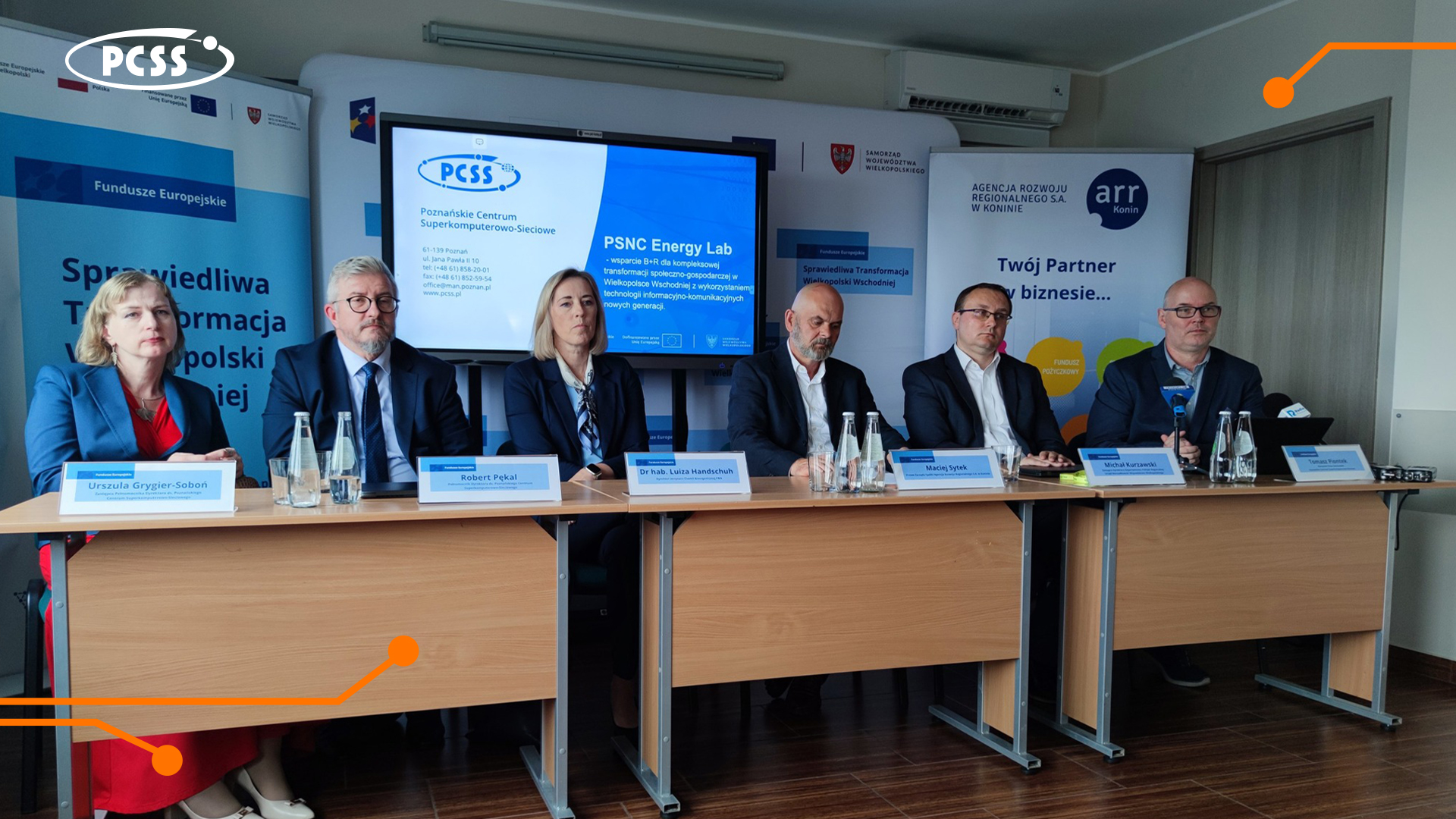
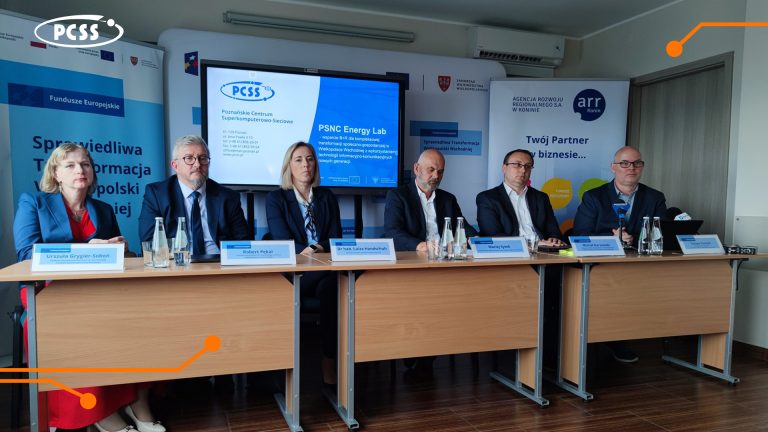
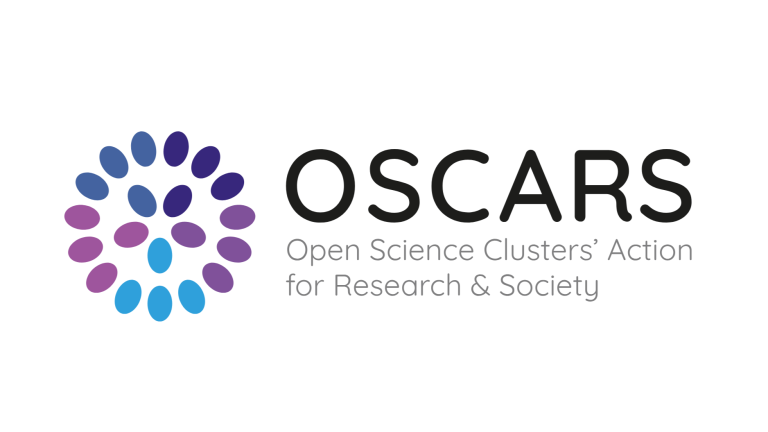
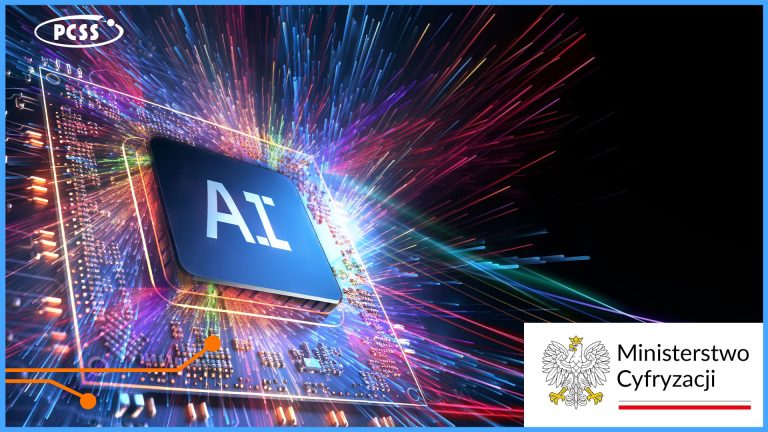


![The image displays the word "LUMEN" in a stylized, outlined font, with different letters connected by lines and arrows to various academic disciplines. The letters "L" and "U" on the left are linked to "Mathematics [Maths]" and "Social Sciences and Humanities [SSH]," while the letters "M," "E," and "N" on the right are associated with "Earth System Science [ESS]" and "Molecular Dynamics [MD]." The overall design suggests an interconnectedness of these fields, potentially illustrating the interdisciplinary nature of something represented by "LUMEN".](https://www.psnc.pl/files/2025/05/lumen2_EN-768x432.jpg)

